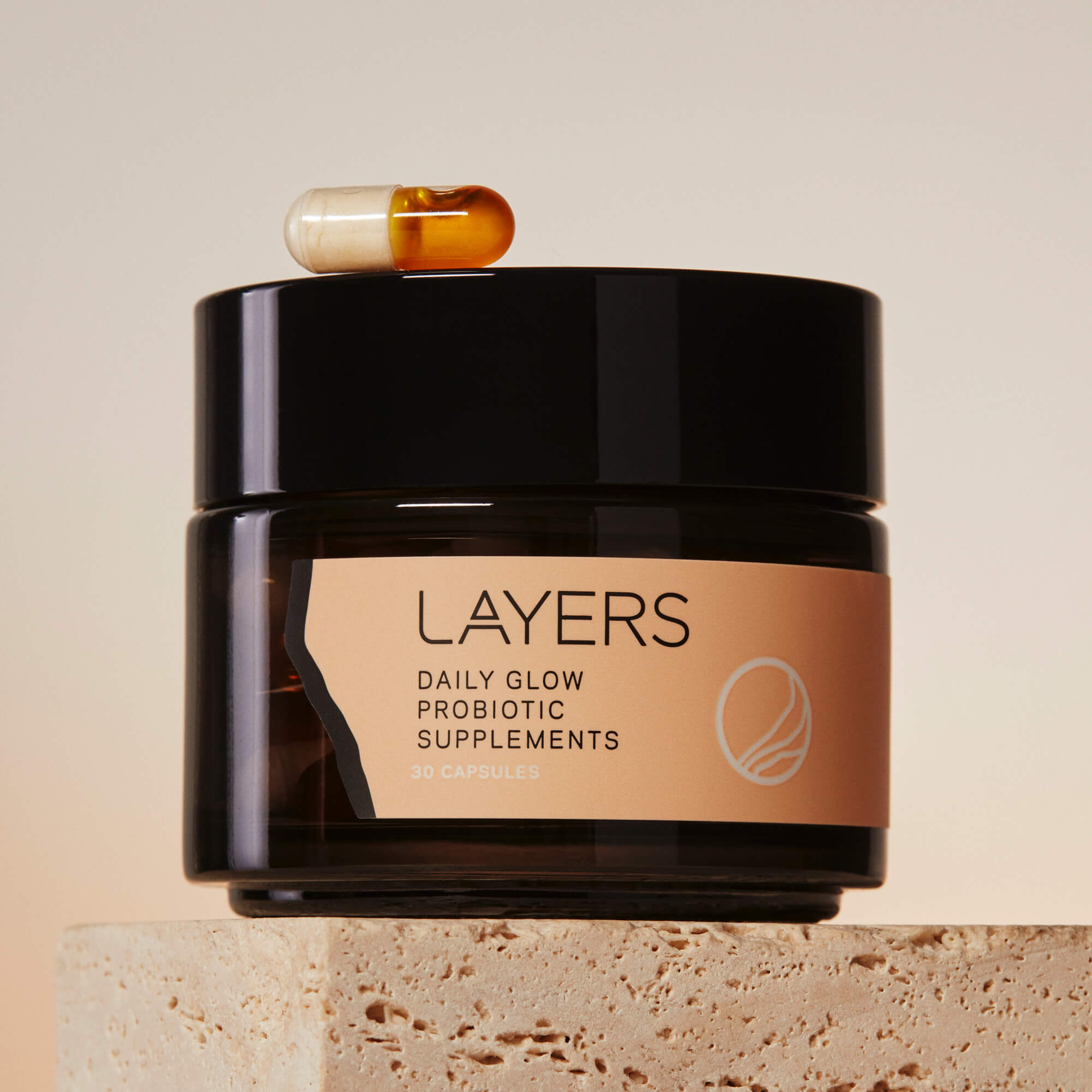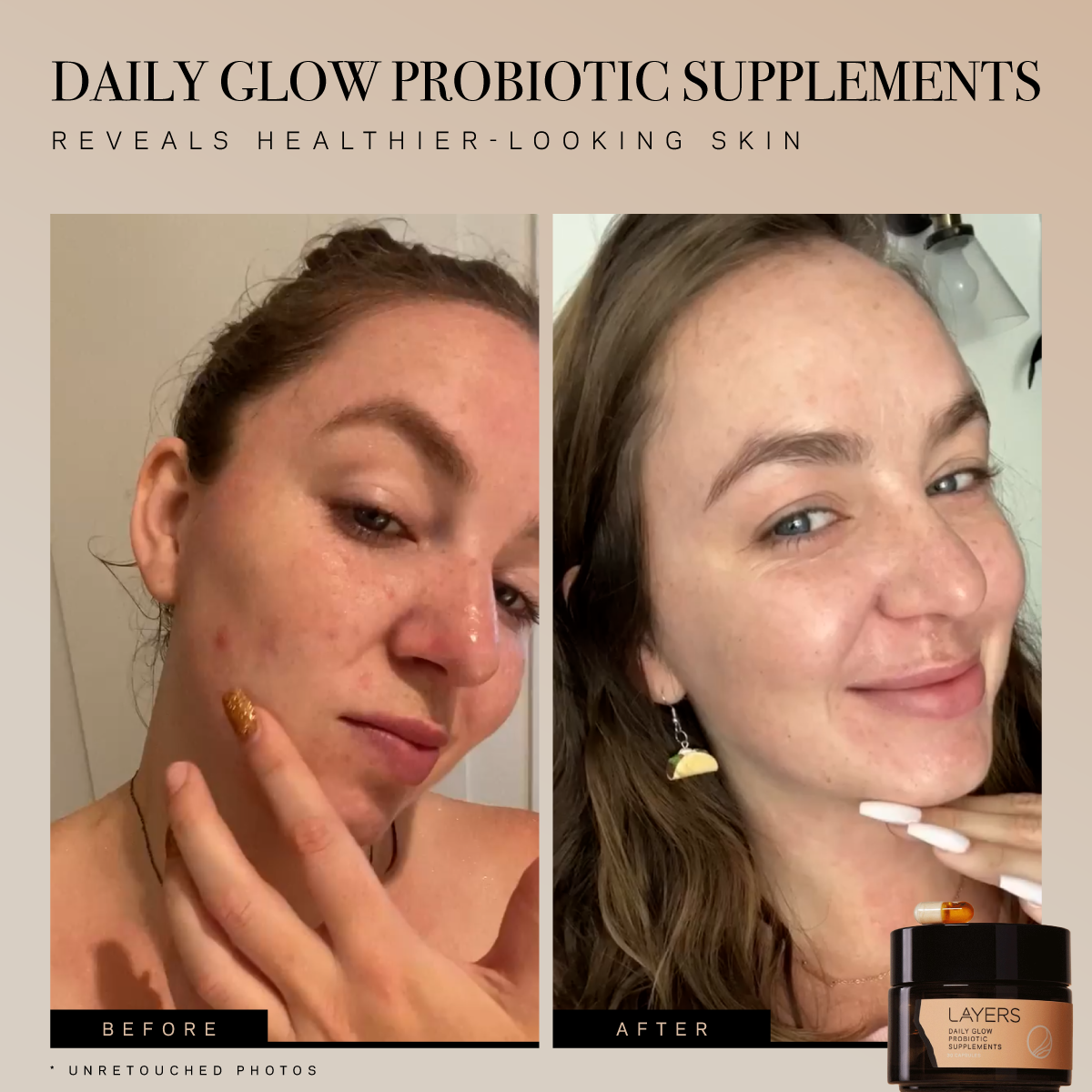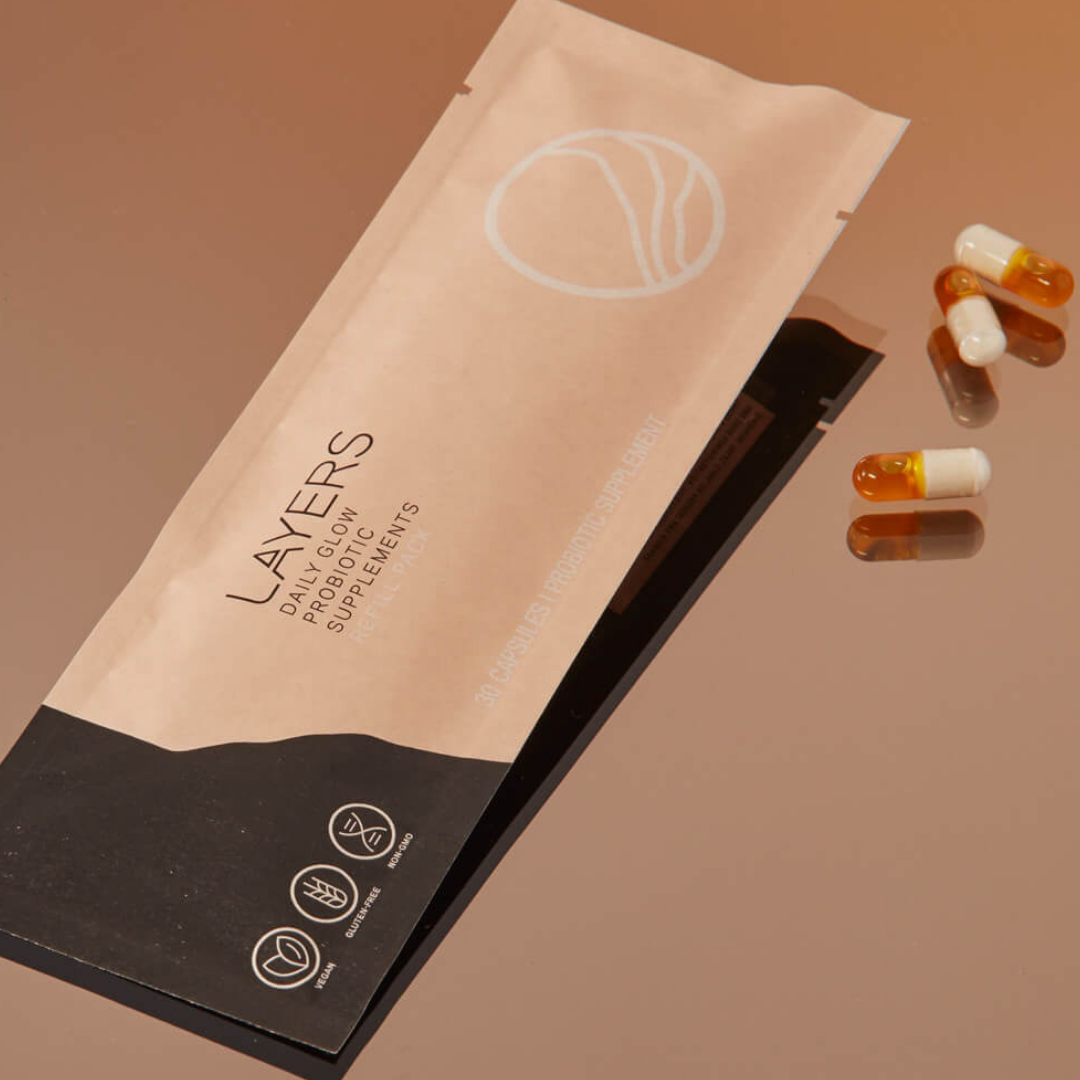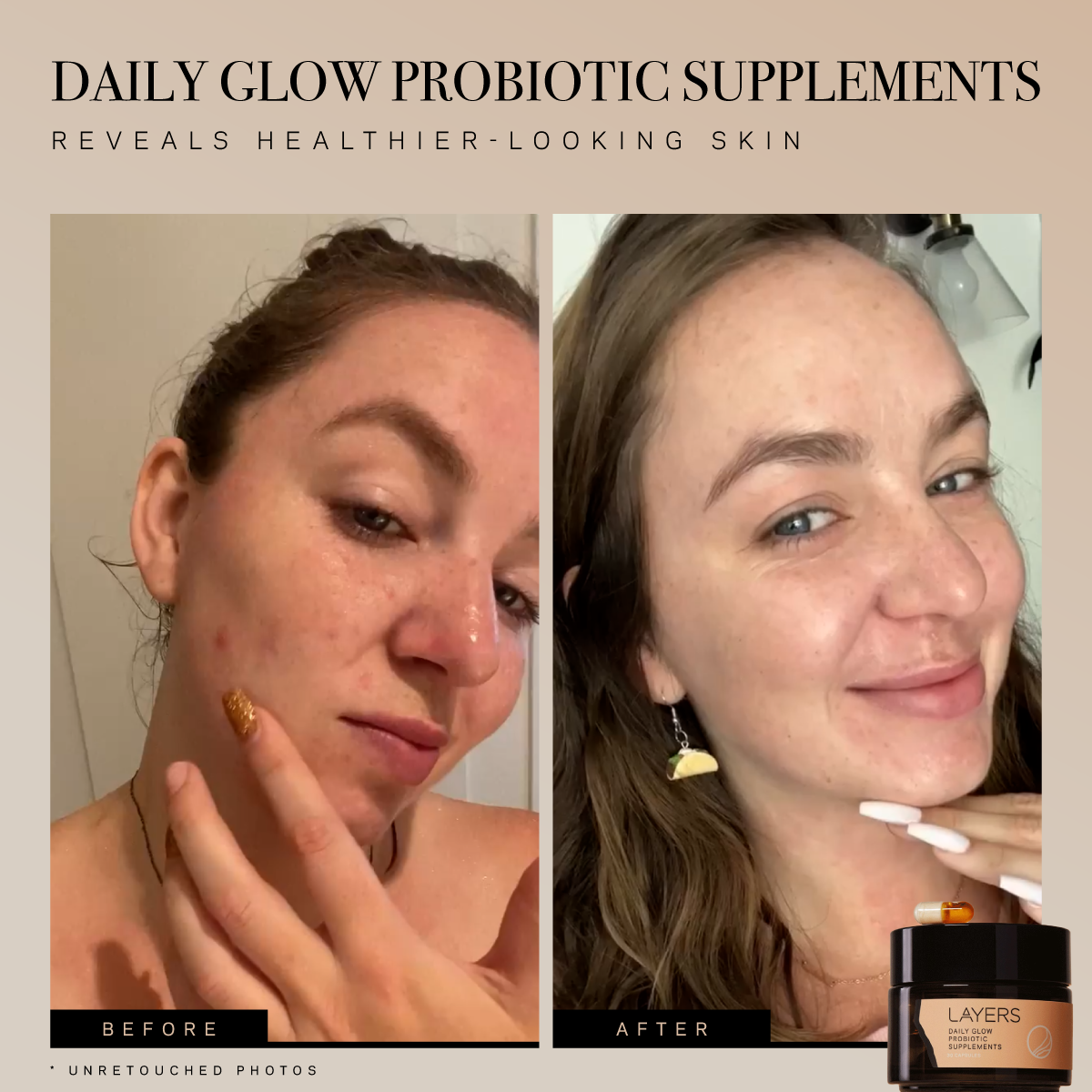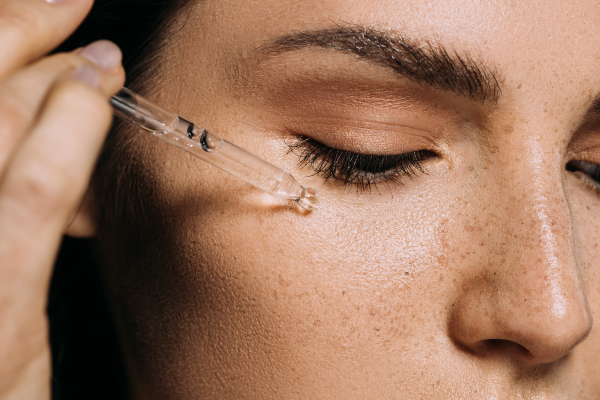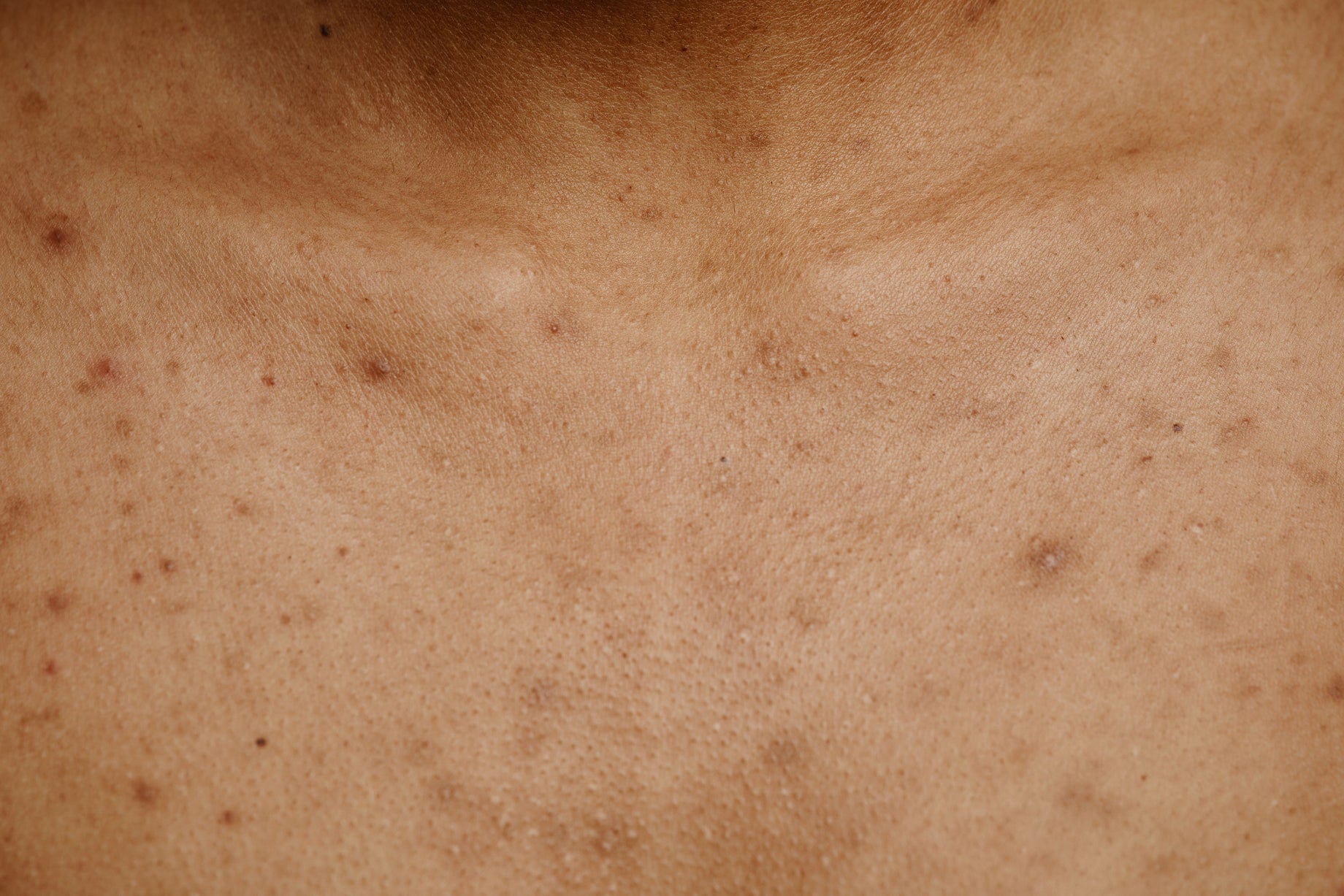Take the Inside-Outside approach to glowing skin by eating your way to a stronger, healthier, more resilient microbiome.
Raise your hand if you live for snacks?
If the countdown to your next meal is what gets you through the day, then you can stop feeling guilty about that starting right now. Food is delicious and eating should be a pleasurable experience. The next time you’re at the local farmers market or grocery store, just take 30 seconds to look at the abundance of produce around you. Bright red tomatoes, big juicy watermelons, crisp green beans, and more varieties of leafy greens than you can count.
Yet, in many circumstances, the modern world would have us believe that loving food is shameful. We idolize a single body type that doesn’t represent most of us. The quest to mimic that one standard can complicate how we feel about our bodies and ourselves. It can challenge our ability to navigate the constant barrage of food imagery and advertising around us.
Coming to terms with the fact that none of us are Iman, Kylie Jenner, or Kate Moss, has a bright side. It means we’re free to follow our own body cues, the ones we were born with. The ones our bodies have been pushing us to identify with all along. We are a part of nature, so while we’re not gonna ban the occasional cheeseburger or pizza night, it’s important to remember where the vitamins our bodies need actually come from.
HOW TO EAT FOR YOUR HEALTH
A body and beauty-friendly diet starts and ends with nature. It comes from the incredible diaspora of fruits, vegetables, and whole grains that shoot up from the ground seasonally. And the fresher, the better. If you have access to local produce that hasn’t traveled far, that’s your best opportunity to reap all of the healthy nutritional benefits of what you’re eating.
Studies have shown that micronutrient values decrease starting the moment food is harvested. Vitamin, protein, mineral, and carbohydrate levels decline depending on the amount of time something is stored and how and if it’s processed. The best way to store something and retain the best micronutrient levels is to freeze it, but that’s not always going to get you the best flavor or texture after the fact. No one wants a thawed apple, for example. Frozen blueberries on the other hand? Yes, please!
THE TOP 10 FOODS FOR BETTER MICROBIOME HEALTH
So, it’s not just because we’re obsessed with probiotics that we’re gonna talk about probiotic-rich foods. But, there is a reason we’ve created an entire probiotic skincare line. Whether it’s what you’re putting on your face, what you’re piling on your plate, or how you’re supplementing your gut health, probiotics are the key to microbiome health. The more you get, the better your body is going to feel.
Here are the top 10 foods that will help you increase your gut flora:
The Produce Section: Prebiotics
-
Chicory Root: This root is a member of the dandelion family. It’s high in inulin, a prebiotic fiber that feeds the probiotics in your gut, laying the ground for good gut health. You can find it as a coffee substitute or raw. Check out these recipe ideas for inspiration.
-
Bananas: These delicious fruits are high in potassium and they have naturally occurring fibers that help increase good gut bacteria and reduce bloating.
-
Watermelon: These giants have healthy prebiotics and make a mean Watermelon Gazpacho. Their high water content keeps also helps keep you hydrated.
-
Grapefruit: Halve one up for breakfast raw, or try it grilled with a sprinkle of cinnamon to take advantage of their high fiber content and gut-friendly prebiotics. They are also high in vitamins A and C.
The Dairy Department:
-
Kefir: Kefir is a lactic acid culture that results from adding cultures to dairy milk. It’s one of the most potent sources of natural probiotics you can include in your diet.
-
Greek Yogurt: milk is cultured with lactic acids, most commonly Lactobacillus bulgaricus and Streptococcus thermophilus. Studies show that eating yogurt regularly has positive effects on the gut microbiome, including a reduction in body fat.
-
Buttermilk: Real buttermilk refers to the liquid byproduct of butter making. Most commercial buttermilk won’t carry any probiotic benefits with it, so label scrutiny is key.
Fabulous Ferments:
-
Fermented Cheese: These dairy derivatives are packed with probiotics. The highest probiotic concentrations can be found in cottage cheese, feta, Swiss, parmesan, and specifically raw cheeses like unpasteurized cheddar. With commercial cheeses, label reading is important. Make sure you see the sciencey probiotic names on the ingredient list or the term live cultures.
-
Tempeh: This is made from cooked and fermented soybeans. It can be eaten cold or hot, plain, or with fun seasonings like BBQ or Asian-style flavors. It’s great as a meat substitute, sliced and loaded on a sandwich or in a wrap.
-
Kimchi: An ancient fermented food, this concoction of cabbage and peppers is great for your gut. It tends to be on the spicy side, but you can find mild versions. Another excellent way to spice up a sandwich.
-
Miso: This is a paste that’s made from fermented soybeans and a mold called koji. This is what breaks the beans down into simple sugars, amino acids, and fatty acids.
The beauty of incorporating these foods is that you’re introducing some exciting new twists to the ordinary breakfast bowl or lunch wrap. Add a few tablespoons of kefir or Greek yogurt and sliced bananas to your smoothie or oatmeal in the morning. Sub that turkey wrap for sliced tempeh, fresh veggies, and miso mayonnaise for a tastier twist. Eating for better gut health is not only delicious, but it helps diversify your gut microbes, keeping your microbiome healthy and well fed!

